#the Colosseum
Explore tagged Tumblr posts
Text

The Colosseum, Rome:
Photography by: ©️Lore Kkia
#The Colosseum#rome#roma#europa#europe#wanderlust#travel aesthetic#travel blog#travel destinations#travel girl#travel inspiration#travel memories#travel photography#landmark#photography#soulful#soulful beauty#soulful love#soulful expressions#soulful sentiments
114 notes
·
View notes
Text

I want to see the world through Jayne Mansfield’s eyes! Pictured: the quintessential sex kitten-gone-berserk touring the Colosseum in Rome in 1962. I love her awe-struck expression even behind those shades. You just know Mansfield is cooing and squealing in ecstasy at the sites.
#jayne mansfield#sex kitten gone berserk#lobotomy room#dolce vita confidential#rome#the colosseum#platinum blonde#old showbiz#kitsch#retro#camp#sex goddess#starlet#kitsch icon#the punk marilyn monroe#marilyn monroe of punk#kween#glamour#glamour girl
78 notes
·
View notes
Note
thinking about tanguish giving helsknight some sort of favor before the colosseum fight.... not sure what he has that would be a good token of his care but yknow. the concept :]
-leechwife anon
Helsknight turns the little copper coin over in his gauntleted hands, trying to be gentle. Trying not to drop it. Tanguish has done him the favor of putting it on a chain, but still. He doesn't want to tarnish it by letting it touch the ground. His heart does funny things when he looks at it, feels its weight in his hand, and he thinks [Gods and Saints, he'd be so pissed if he dropped it.] Not Tanguish of course. Tanguish probably wouldn't know. Helsknight would get angry. At himself. At what it meant.
[The stupid little pest probably doesn't even know what he's given.]
Knights. Favors. Tokens. It was all very chivalrous. Very steeped in Courtly Love and honor and intrigue. It was the kind of thing Welsknight idolized. The kind of thing romantic people thought knights actually did -- the kind of thing only the very showy did in real life. Helsknight didn't do Courtly tournaments. He didn't joust. Well -- not often. And if he's being completely honest, not well either. Chivalry has a lot to do with horses, and there aren't a lot of those in hels. They're not wasted on jousts often.
Still. Helsknight palms this little coin on its little chain, and his heart dances. To win someone's favor, to be given a token of their affection, is to be reminded he isn't fighting for his own glory. His own honor. He is fighting for someone else's. And the crowd is chanting and roaring past the gate. And he is surrounded by a dozen fighters all going through their rituals before the fighting starts. And Helsknight is staring at a coin, the thing Tanguish uses to escape, the most precious thing his little pest owns, the thing they fought the Demon for. The thing the Demon rigged this event for. And he thinks [not for his own honor, but for Tanguish.] And his heart flips again.
What is this? Nerves? Returned affection? Something deeper maybe. A dog being offered something long deprived in exchange for loyalty already inexorably given. A sword that rusts in its sheath feeling a hand rest on its pommel in trust and promise.
A knight given something to fight for, when previously all there was, was himself.
----------
"I uh... For you," Tanguish had stammered when Helsknight was armed and armored, bashfully holding out the trinket like he was ashamed to give it. "I was talking to Red and-- well-- it's-- it's for luck."
He'd dropped it into Helsknight's palm, face stern in that strained way of someone trying desperately to give importance to something they found silly. "Uhm... G-give it back to me when this is over, okay?" He hesitated and amended. "You give it back. No one... No one picking it up for you after-- because--"
Tanguish winced in that way he did when he was avoiding unpleasant thoughts, like they might come alive and bite him. It was a motion that always struck Helsknight as uniquely superstitious. Forbidden words that, once uttered, became prophetic.
"Just get it back to me, okay?"
Helsknight smiled. It was hard not to. Not when someone was being so earnest. He was much better at being earnest about things. It might as well have come with the knighthood. The first tenet of wearing armor and swearing tenets to a god somewhere: take everything far too seriously.
So Helsknight had calmly handed it back and said with as much gravity and gentleness as the situation would allow him. "Would you bestow your favor on me, Fair Sir, that I might fight for your honor?"
Tanguish blinked at him, baffled. "I-I just--"
Then Helsknight knelt and bowed his head, and Tanguish whispered "Oh." in that quiet, startled way he did when he spotted some new and precious stained glass window in a grand church facade. With nimble fingers he slipped the necklace chain around Helsknight's head, and pulled his hair free. The little coin, seated over Helsknight's chest, chimed a delicate bell against his breastplate. Before Tanguish could whisk his hands away, Helsknight reached forward and gently clasped one. He kissed the back of Tanguish's hand, swallowing a chuckle when Tanguish let out a squeak of embarrassed bafflement.
"I accept your favor, and fight for your honor as if it were my own," Helsknight told the back of Tanguish's hand. He stood, Tanguish's hand clasped in both of his now, and leaned in close. "And my heart is glad for the chance to bring your name glory."
Tanguish looked up at him, breathing just a little too quickly, the half-panic of someone who had stumbled on gravity and ceremony, and a depth of emotion, when they had expected none. His eyes were wide with the pale yellow of quiet sunrises in far away places, and the sculk-lights of his freckles glittered in a blush of starlight. Helsknight could have stared like that forever, pinning Tanguish there in a moment of depth and promise that only two people inexorably linked could share. The panic of realizing your fear for someone's safety came from a place so close to your heart, it might even be your own soul.
But Helsknight, by tenet and intention, wasn't allowed to be cruel. So he didn't hold Tanguish in suspense over silly courtly rituals that didn't matter. Instead, he and ruffled Tanguish's hair, and laughed, "And now you know what to do the next time some stupid romance knight strikes your fancy."
Tanguish sputtered his own surprised laugh and shoved Helsknight's hand away, "Oh whatever. Nobody else around here does the knight thing but you."
"Nobody does it as well as me, you mean," Helsknight preened, turning to the mirror to check the drape of his cloak.
"I meant it, Helsknight." Tanguish said, his voice suddenly sober. Helsknight could see Tanguish watching him in the mirror, the hand Helsknight had kissed clasped in the other, like he could trap the sensation there. "Don't die."
"I won't die," Helsknight said, trying to sound serious, but finding the request a little ridiculous in spite of himself. "I haven't lost yet. I don't intend to lose anytime soon."
"I don't think intentions mean much, in the Colosseum."
"Intentions mean everything in the Colosseum," Helsknight corrected, tying his hair back in a quick ponytail. "And I intend to win. Saint willing."
----------
Helsknight sits on a bench just outside the gate, and turns Tanguish's coin in his hand one more time. In the stands, in one of the boxes for honored guests, Tanguish is sitting alone, waiting for the world to turn around Helsknight's next fight. The knight smirks, and drops the chain behind his breastplate where the coin will stay safe. He feels the weight of expectation, of one person among thousands who desperately wants him to win. It is heavy as a cross, and light as angels' wings. Somewhere else the Demon sits, prideful in his perfect trap, expecting Helsknight to lose -- to humiliate him, to prove he's powerful, to prove Tanguish's little resistance means nothing. It doesn't bother Helsknight to know he is a piece in someone else's game. That has always been what the knight is for.
Helsknight wonders again if Tanguish knew what he was doing. If he knew what tokens meant, what favor truly was. If he knew about giving a Champion his honor to fight for, if he knew what that would mean in a fight against the Demon, who hates him so much. Who rigged this match just to spite him, to prove Helsknight can't protect him.
"Saint willing or not," Helsknight vows quietly, "I'll win."
And he stands and draws his sword.
#rns asks#rns ficlets#leechwife anon#helsknight#tanguish#the demon#the Colosseum#:3 had fun with this one
158 notes
·
View notes
Text

The Colosseum. This took about 3 days to do because the details killed my hands🤣 I needed breaks. I wanted to be as precise as possible and I am shit at drawing buildings. I am pleased either way.
#artists on tumblr#pedro pascal#pedro pascal fanart#gladiator 2#joseph quinn#fred hechinger#connie nielsen#general marcus acacius#digital drawing#digital art#the colosseum
41 notes
·
View notes
Text



The Colosseum, Rome, Italy
Linda Gerbec
13 notes
·
View notes
Text

The Flavian Amphitheatre aka the Colosseum by britishmuseum 2020-06-26
#The Flavian Amphitheatre#the Colosseum#britishmuseum#2020#Flavian Amphitheatre#illustration#bw#black and white#Rome#Roman#Roman architecture
4 notes
·
View notes
Text
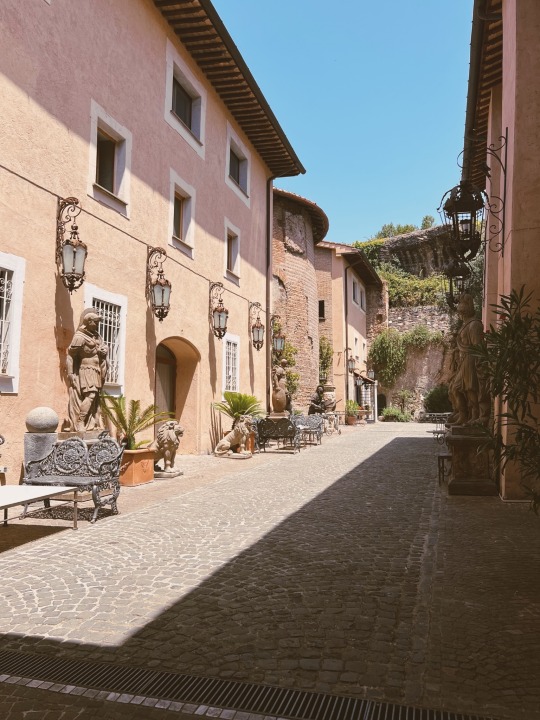
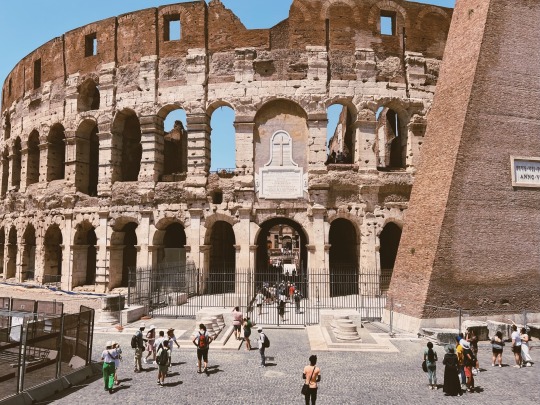
I love Rome ♥️

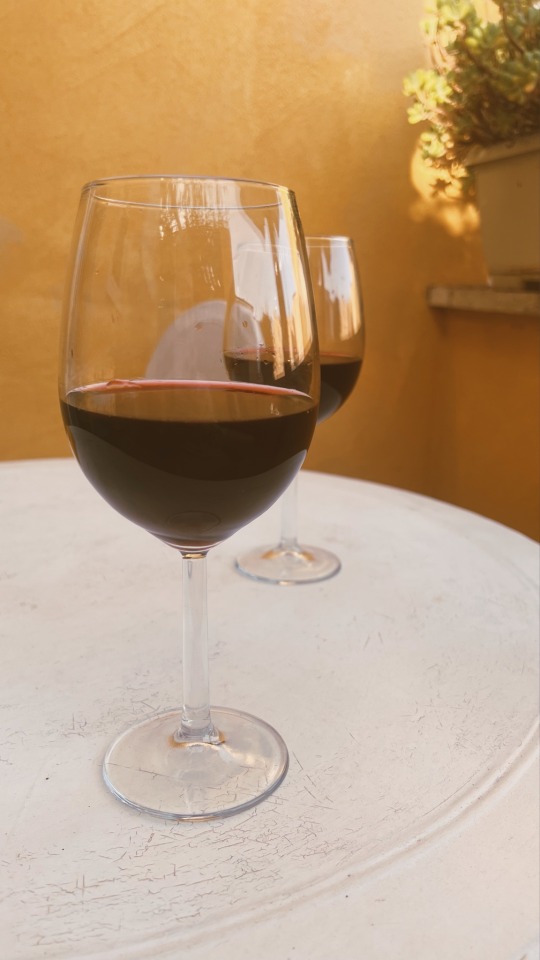
60 notes
·
View notes
Text
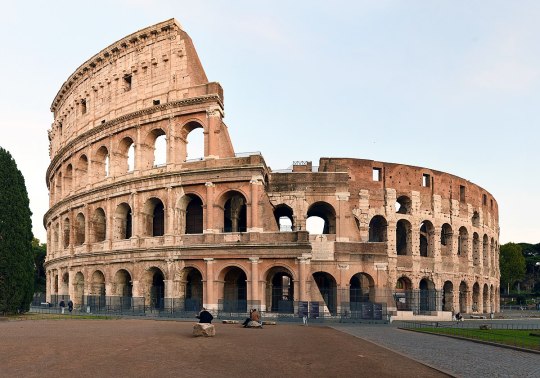
The Colosseum, Rome, Italy
20 notes
·
View notes
Photo






(via Rome Comes to Life in Photochrom Color Photos Taken in 1890: The Colosseum, Trevi Fountain & More | Open Culture)
#Rome#Vintage Photography#photochrom#Photochrom Color Photos#1890#The Colosseum#trevi fountain#the pantheon#Open Culture#ancient histor#Architecture#Wonders of the World#Travels 2023#Italy
26 notes
·
View notes
Text
A Close-Up Of The Colosseum
Photo By Me 📸

2 notes
·
View notes
Text
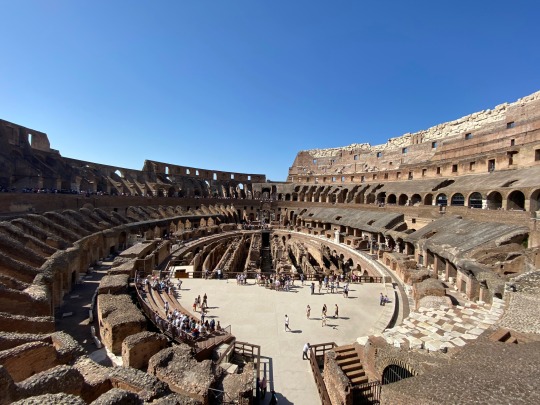
Ok this was a fucking experience
11 notes
·
View notes
Photo

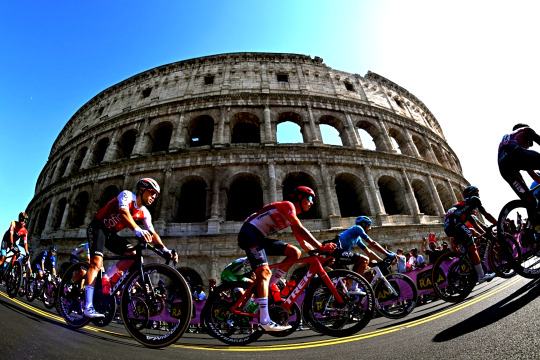
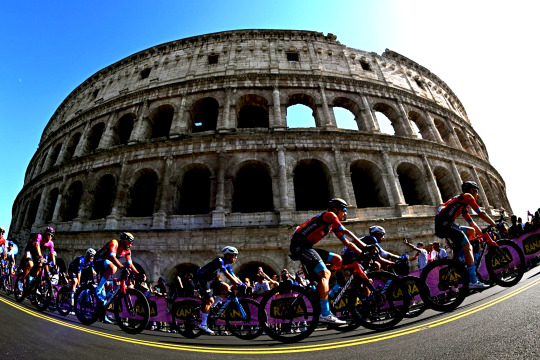

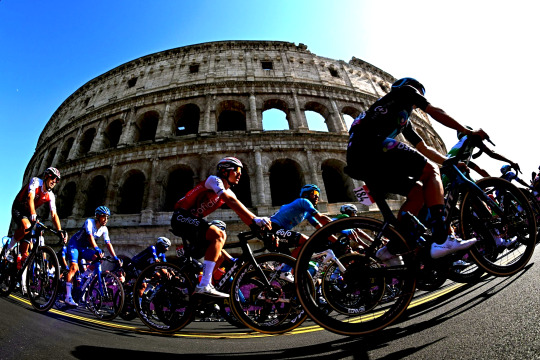
A general view of the peloton passing The Colosseum during the 106th Giro d'Italia 2023, Stage 21 a 126km stage from Roma to Roma on May 28, 2023 in Rome, Italy. (Photos by Stuart Franklin/Getty Images)
16 notes
·
View notes
Text

William Timlin (1892-1943) “The Colosseum” (1932)
Source
4 notes
·
View notes
Text















Photos of the Colosseum showing exterior, interior, and the trapdoor system under the arena, as well as the Triumph Arch of Constantine outside
3 notes
·
View notes

